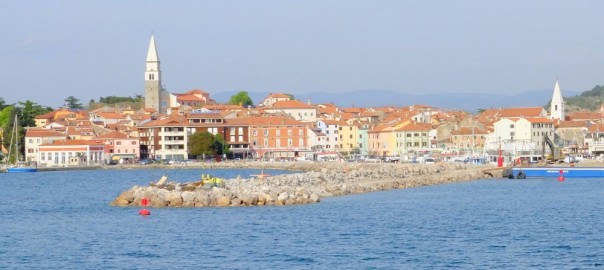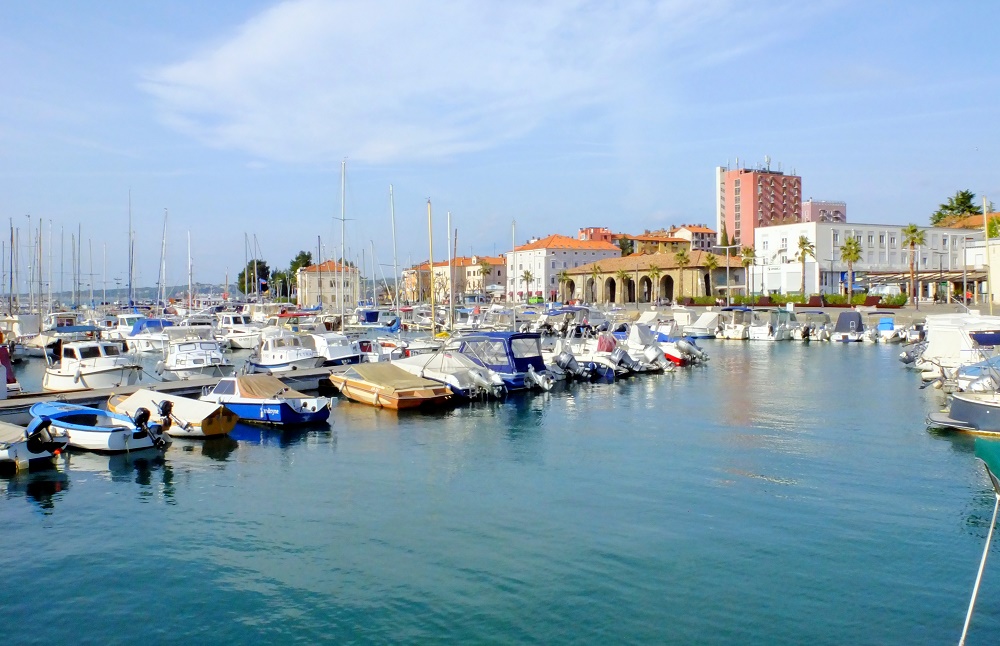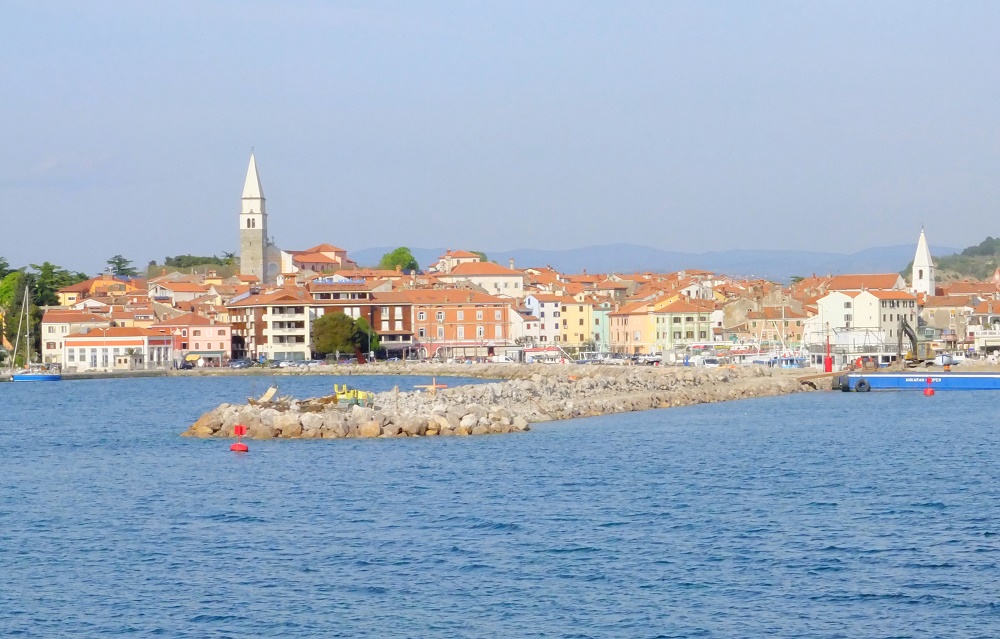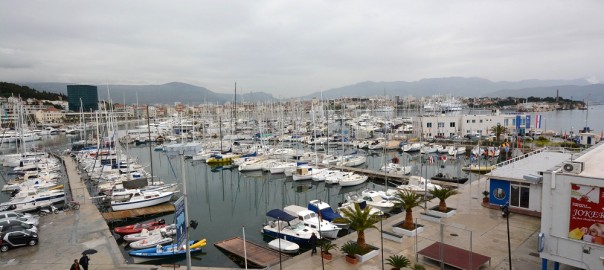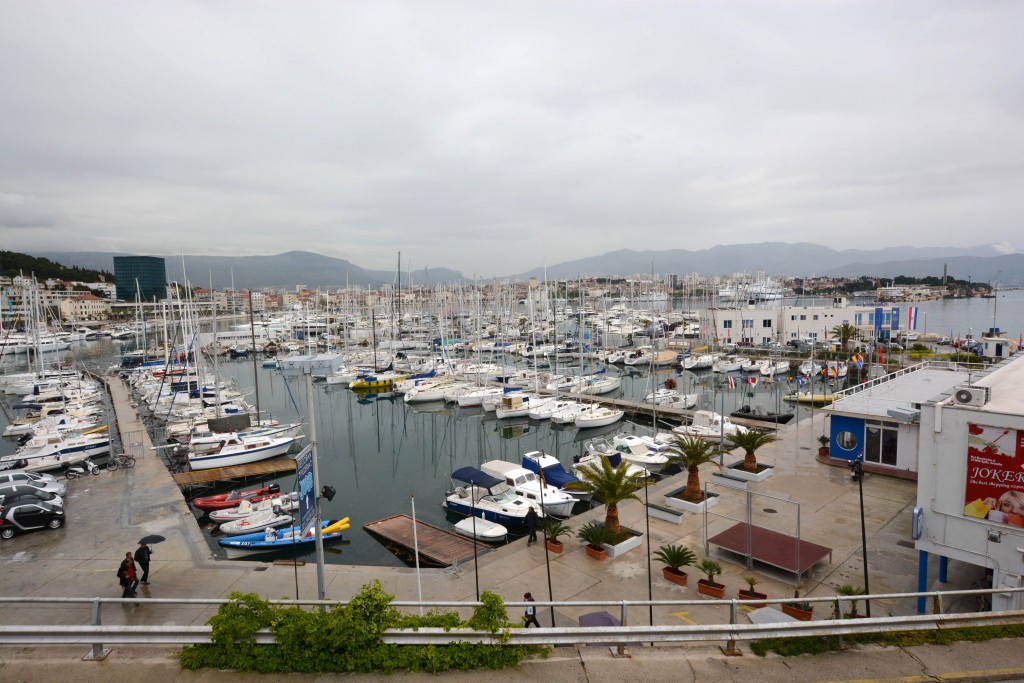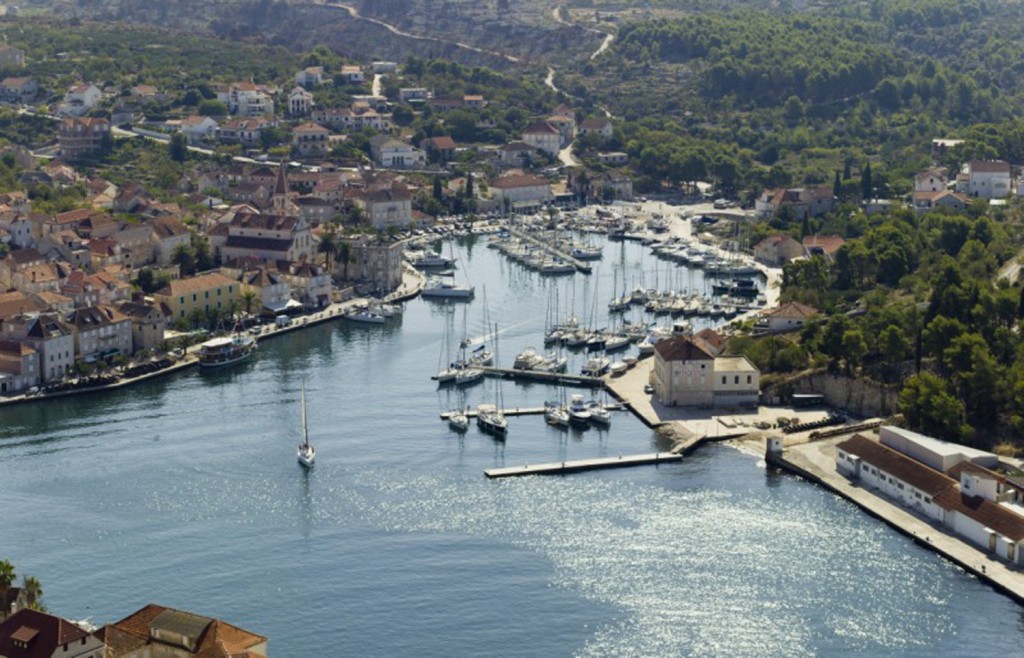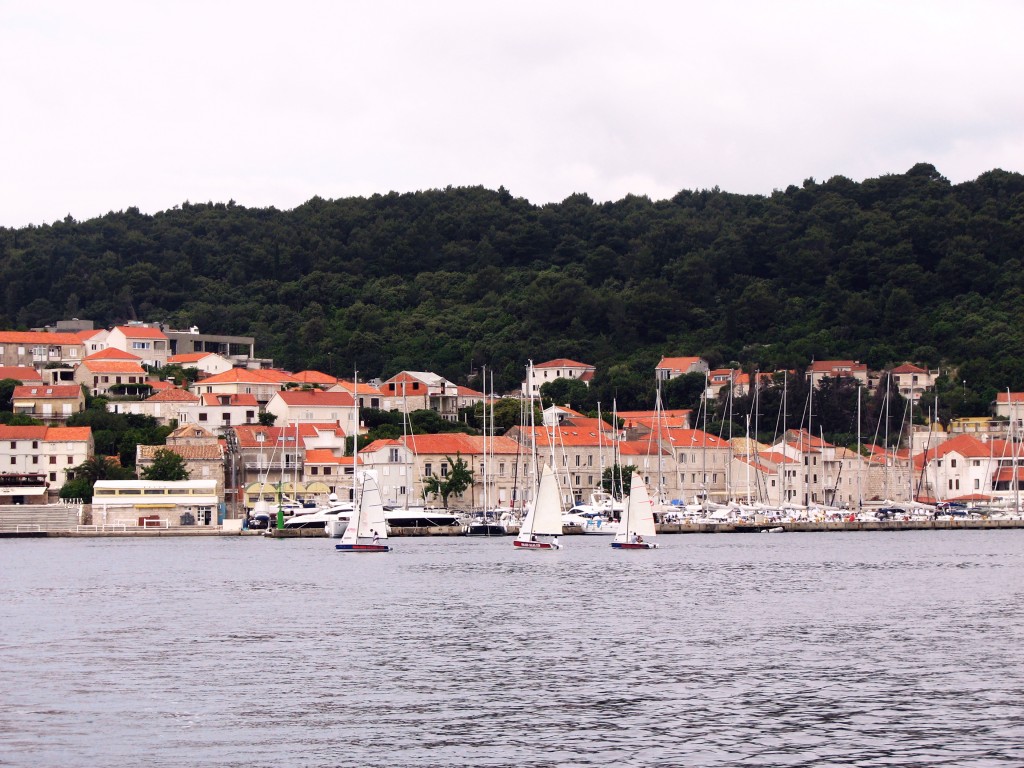Highlights
The Republic of Slovenia lies at the North East corner of the Adriatic Sea, bordered by Italy to the west, Austria and Hungary to the north and Croatia to the south. Landlocked for most of its history, Slovenia had acquired a sliver of coastline on the Adriatic Sea only in 1954, when the territory around Trieste was ceded to Italy and the area from there South to Portoroz became the short, 11 mile coastline of the emerging nation. With the cession of territory Slovenia acquired four principal harbours which can today accommodate cruising yachts and are recommended for sailing holidays. From North to South they are: Koper, Izola, Piranand Portoroz. Most of the harbours, with the exception of Portoroz, which is a modern Croatian holiday resort, are former Venetian settlements with picturesque old towns. All of them are useful bases for exploring the many tourist attractions of Slovenia, including the spectacular scenery of the Triglav National Park in the Julian Alps; the famous Lippizaner stud at Lipice; the awesome cave systems of Postojna and Skocjan; the much-photographed Lake Bled and Lake Bohinj and several romantically situated castles such as those of Predjama and Bled.
When to visit
Where to go – The most important marinas
Yachts entering Slovenia from Croatia are required to clear in at Piran before proceeding to any of the other harbours.
The town of Koper lies on the coast of Slovenia three miles S of the border with Italy and four miles E of the harbour of Izola. Is the only commercial port in Slovenia as well as being the most northerly harbour on the country’s short coastline. Originally an ancient island settlement, Koper was part of the Venetian republic from 1232 and became capital of the province of Istria by the 15th century. The town’s influence waned with the establishment of its near neighbour in Italy, Trieste, as a free port in 1719. Most of the remaining Italian population left in 1954 when the town was ceded to the new Federal Republic of Yugoslavia and Koper only began to recover its former importance following Slovenian independence in 1991, when it became the new nation’s only commercial port. In addition to a charming old town, Koper also has a small marina, Marina Koper, offering 75 berths for yachts of up to 18.0 metres, plus a small boatyard that can winter around 25 yachts.
It is possible in settled weather to anchor half a mile SW of the marina, where there is a reasonably sheltered cove S of the long breakwater of the old harbour. Anchor in 4.0 – 5.0 metres clear of the numerous moorings. The holding is good in mud.
The old town of Koper is a delight to explore, with narrow lanes and picturesque houses with red-tiled roofs. Notable buildings include the 15th century Praetorian Palace, a Venetian Gothic confection now used as the town hall; a Loggia Palace originally constructed in 1462, and the city Bell Tower, from which a climb of 204 steps gives magnificent views over the town and harbour.
The town of Izola lies on the coast of Slovenia four miles S of the border with Italy and three miles W of the harbour of Koper. Like Koper, Izola was originally an ancient island settlement, becoming part of the Venetian republic by 1267. The period of Venetian hegemony lasted until the arrival of Napoleon’s troops in 1797, after which the defensive walls of the town were demolished and used to fill in the channel separating the town from the mainland. A period of Austrian rule ensued, which ended in 1918 when the area became part of the Kingdom of Italy. As with most of the towns along the Slovenian coast, however, most of the remaining Italian population left in 1954 when the town was ceded to the new Federal Republic of Yugoslavia. Today Izola is a thriving tourist centre as well as having the largest marina in Slovenia, offering 700 berths for yachts of up to 30 metres, plus a boatyard that can winter around 50 yachts.
The marina is entered from WSW along a 75 metre wide channel between two long protecting breakwaters. The E half of the harbour is occupied by small craft moorings and pontoon berths; the W half is taken up by pontoons for larger vessels. Shelter is the marina is good, although strong northerly winds can create a surge at the outermost berths.
While the old town of Izola is not as attractive as those of Koper or Piran, it does share some of the charm of the other two towns, including narrow lanes and picturesque houses with red-tiled roofs. Notable buildings include the 16th century Church of St Maurus with a separate bell tower on the hill dominating the town; the 18th century Besenghi degli Ughi Palace and the 15th century Manzioli Palace in the square of the same name. The town also houses the Parenzana Museum, which holds one of the world’s largest collections of ship and train models. Izola is also a good base for exploring the hinterland of Slovenia, with its world-famous Lippizaner stud at Lipice, impressive cave systems of Skocjan and Postojna and castle of Predjama.
Piran
The town of Piran lies at the tip of a small peninsula on the coast of Slovenia just over four miles WSW of the harbour of Izola and three miles N of the border with Croatia. Piran is one of the architectural jewels of Slovenia, with beautifully conserved mediaeval buildings, streets and squares and lofty town walls barring the land entrance to the town. Most of the buildings date from the period of Venetian or Austro-Hungarian rule. The town’s original fortifications dated from the Byzantine era, although the walls and four high towers across the neck of the peninsular that survive today date from the 16th century, when the greater use of cannon rendered the older walls vulnerable. Several of the old town entrances, dating back as far as the 13th century, still survive in the narrow streets. One of the town’s most famous sons is the violinist and composer Giuseppe Tartini, whose statue still graces the main square named after him today.
The small harbour has space to berth around 20-30 yachts up to 20 metres along its western breakwater in depths of 5.0 – 6.0 metres. It is best visited in settled conditions.
The harbour lies on the SE side of the peninsula and is entered from SSW. The entrance is narrow and a good lookout is needed in case of vessels leaving the harbour. Shelter is good in most conditions, but strong NW winds send in a dangerous surge. In these conditions, Marina Portoroz two miles SE is a safer bet.
Yachts entering from Croatia check in at Piran before continuing N and vice versa. Visiting yachts normally berth stern or bows-to along the western breakwater, where there are laid moorings for around 20-30 yachts of up to 20 metres in depths of 5.0 – 6.0 metres. The berths on the E side of the harbour are for local yachts only.
There are no really sheltered anchorages in the area, although anchoring in the bight immediately N of Marina Portoroz is possible in settled weather.
Piran is a delight to explore, with new sights around almost every corner. The main square of Tartinijev Trg was the inner basin of the harbour until 1894, when it was filled in to create the square.
A statue of the town’s most famous son, the violinist and composer Giuseppe Tartini, stands in the centre. The red-painted house with the balcony at the N end of the square is one of the oldest in Piran and legend relates that is was built by a wealthy Venetian merchant to accommodate his mistress (hence the intriguing inscription on its walls: Lassa pur dir, or ‘Let them talk’).
The church of St George on the hill at the top of the town has fantastic views over the town and the belltower can be climbed for an even better view. Perhaps the most famous view, however, is from the towers of the 16th century walls at the eastern end of the town, which afford a panoramic view of the roofs of the town and, on a clear day, the Grado peninsula on the Italian coast 12 miles NW.

